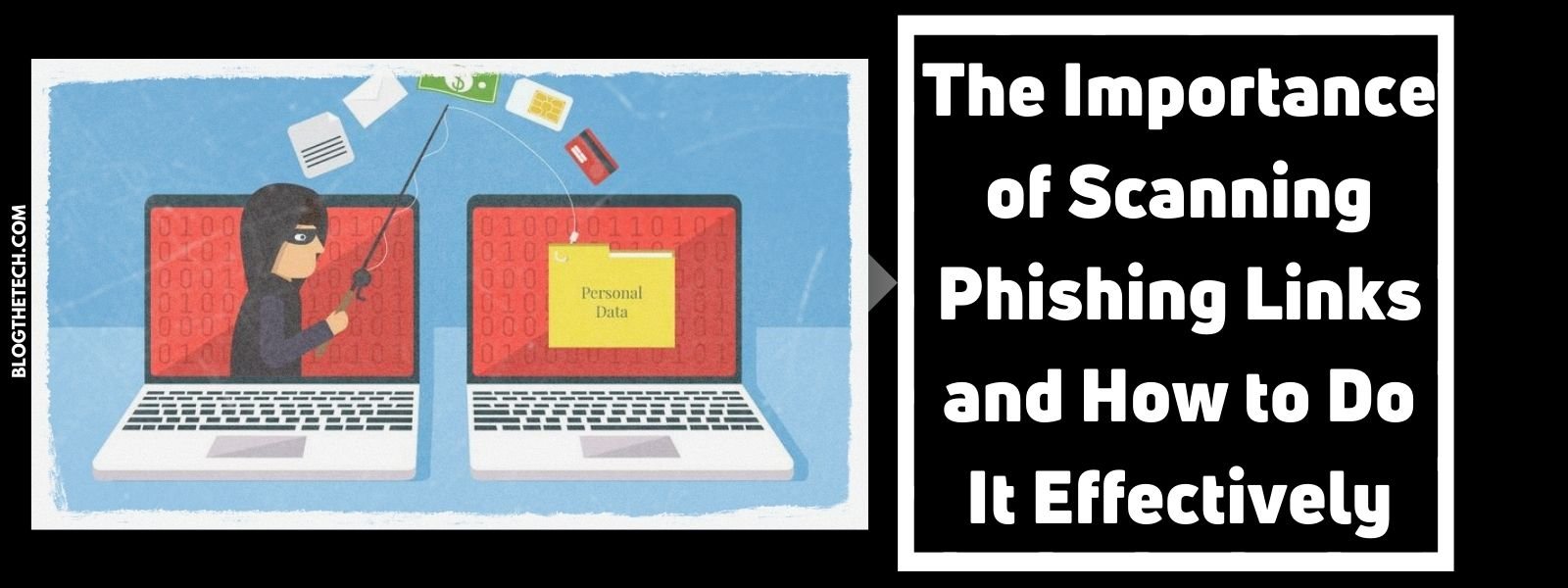Efficient network penetration testing ensures that the organization’s network infrastructure is both secure and resilient to withstand all kinds of attack methods while continuing with daily operations. The procedure comes in two forms – internal network penetration testing and external network penetration testing.
An extensive testing procedure will help in identifying and exploiting vulnerabilities so as to understand the business impact while reducing unwanted exposure across both cloud and on-premise environments.
External Network Penetration Testing
The design of this approach to network pentesting ensures that the perimeter security controls of the network are adequately secured for the prevention and detection of attacks. The testing procedure evaluates the potential vulnerabilities in all public-facing assets such as web, mail, and FTP servers. In this scenario, ethical hackers attempt to access the network by exploiting the security loopholes discovered on the external assets. Attempts will also be made to access sensitive data including customer information and/or business secrets through hidden vulnerabilities in emails, file-sharing systems, or websites.
The procedure begins with the stage of gathering information about the network and the organization including the assets within the scope, ports, and other potential vulnerabilities. This information will be utilized to design ideal attack methods for uncovering more security loopholes such as password attacks, DoS attacks, etc. After the perimeter is successfully breached, the external penetration testing phase of the procedure is over and the testing team submits the intermediate pentest report on the vulnerabilities that made this happen.
External pen testing methods involve:
- IDS/IPS testing – Intrusion detection/prevention systems should be set in place in every network for the monitoring and analysis of network traffic and cyber packers for potential malware.
- Manual pentesting for known vulnerabilities – There are some commonly known vulnerabilities within the network such as the potential for brute and DoS attacks, cryptographic issues, etc. Ethical hackers should look into this possibility since a majority of attacks (60%) happen through the exploitation of vulnerabilities for which patches were available.
- Data leakages – Pentesters should look for vulnerable points from where sensitive data could fall into the hands of hackers
- Segmentation testing – Network segmentation is a crucial part of preventing attacks from pivoting from one point to the other
- Compliance-based testing – testing procedures will be designed in accordance with different compliance standards such as PCI-DSS, HIPAA, etc according to the industry requirements
- Open-Source Intelligence (OSINT) reconnaissance – The further one spreads the scope for gathering information, including social media platforms and websites, the more data you can collect
- Social engineering – pentesting approaches should also include the possibilities for phishing and vishing tests since at least 80% of breaches gain access through social engineering
- Foot-printing – these methods gather information from the system in order to design the right attack methods that will utilize its vulnerabilities and test its weak points
- Screening systems, ports, and services for vulnerabilities – These are left to automated pen testing tools which will explore the length and breadth of your network for potential backdoors for entry
Internal Network Penetration Testing
This attack is formulated from the hacker’s perspective on the possible course of action once they gain internal access to the network including how far they’ll be able to go. It’s most similar to insider attacks through accidental or deliberate actions of employees and the consequent compromising of important company assets. Here, the testing team will continue to exploit the vulnerable point of entry (e.g. network devices or open ports) for continuing to probe for more vulnerabilities and/or methods to stay undetected within the network. This is the more commonly used approach since it’s a stable testing method than using a variety of other automated testing tools through the exploited external asset.
Under this approach, reconnaissance and specially designed attack methods begin from the external asset exploited. For example, an insecure domain control could allow the hacker to gain complete control over the network. Most attack methods are refined to work with less important systems, gain information from there, and proceed with the privilege escalation to more important aspects of the network. One of the more common approaches taken by hackers when internal access is gained is to lurk around and gather private data without being detected. If proper internal auditing, penetration testing, and patching procedures aren’t conducted on a regular basis, hackers can stay undetected within the system for days, weeks, even months.
The test usually reaches its end once the admin access is achieved or access to sensitive information is gained.
Internal pen testing methods include:
- Employees
- Computer systems, mobile devices, cameras, etc
- WiFi networks and firewalls
- HVAC
- Unwanted access privileges
- Test possibilities for privilege escalation, malware spreading, information leaks, etc.
- Physical access
Both kinds of network penetration testing procedures are equally important to understand the vulnerabilities present in the firm’s network and associated components. For the right pentesting approach, ensure that you’re entrusting services to the best third-party service provider with the right skills and quality of service.





